Let the Games begin!
Minute to Win It challenges are so much fun! With some easily found craft materials and a timepiece, you can create an awesome competition at a moments notice. Often these challenges are used at kids parties or adult get-togethers, however there is also an opportunity to use Minute to Win It competitions as a fun way to introduce science concepts to your students. You can use these as part of a stimulus activity at the start of the lesson or even as a classroom reward activity that is still related to your lesson content. No matter which way you use these short competition ideas, the kids will love it!
The Inverted Pyramid
You’ll need
- Disposable cups
- Paper plates
- A desk
- A stopwatch
It’s one thing to build a tower of cups but it’s much harder if that cup tower gets progressively wider as it gets higher! Challenge your kids to create a cup tower where each successive level has an extra cup. This is much harder than it sounds and it introduces the opportunity to discuss how the centre of balance of a structure is critical when building a project.
Bottle flipping – stick the landing
You will need
- A bottle of water
- A desk
- A stopwatch
Bottle flipping was a huge craze not that long ago with kids everywhere trying to flip a water bottle and have it land upright without tipping. Why not use this in your classroom as a quick challenge? From a physics point of view, you can use this activity to introduce rotational inertia, friction and forward momentum plus you could document the flight path of successful throws using a digital camera. Plus you could give kids a choice of different size bottles or bottles with different amounts of water for some variable testing. Lots of fun and challenging at the same time!
Spudnik Potato Challenge
You will need:
- A potato per contestant
- Bendy plastic straws
- Some Skittles or M&Ms
A funny name for a game but fun all the same! In this game, the kids are challenged to push straws into a potato and then place a Skittle or M&M on the end of each straw. Whilst the challenge is fun, it also shows students that the strength of materials can be different depending on which way the forces are interacting. The cylinder shape of the straw allows the kids to push the straw into a potato with ease. Why? It takes very little force to bend a plastic straw if you hold both ends of the straw as the stress becomes concentrated in one area. However, it takes much more force to bend a straw if that same force is applied from underneath the straw as the cylinder shape spreads out the stress.
On the Hook
You will need:
- One chopstick per student
- 4 keys
- String
- Paperclips
- A desk
- A stopwatch
This is a bit of a silly game but it does help you discuss stereoscopic vision and coordination! The challenge is for the student to create fishing pole out of a chopstick, string and paperclip which they then use to ‘fish’ for keys that are lying on the edge of the desk. The catch is that they have to hold the chopstick fishing pole between their teeth. This makes the game difficult as not only are you trying to coordinate a strange movement with your mouth you are also trying to form a 3-dimensional picture of where the keys are in relation to the swinging fishing line. Try getting students to try this challenge with one eye covered vs both eyes open… which is easier? Each of your eyes sees an object at slightly different angles and your brain uses these two different images to create perceptions of depth. With only one eye open it makes it much, much harder!
Dizzy mummy
You will need:
- A toilet paper roll for each student
- A dowel rod to hold the toilet paper roll
- A stopwatch
Can you wrap yourself in all the toilet paper in less than a minute? Place the toilet roll onto the wooden dowel and have one student hold both ends of the dowel. The challenger then grabs one end of the toilet paper and rapidly spins around to try and the entire toilet paper off the roll. You could use this to talk about pulleys as well as real mummies found in archaeological dig sites. So that you minimise paper waste, make sure you recycle the toilet paper or even better use toilet paper for arts & crafts.
Hangnails
You will need:
- Wide head nails (roofing nails work nicely)
- String
- Two sturdy points to tie the string
- A stopwatch
Tie the ends of the string into two study places, ensuring that the string is really tight. In one minute, challenge a student to hang 6 nails off the edge of the string. This challenge combines centre of balance, coordination and stereoscopic vision all in one go!
Suck it up colour wheel
You will need:
- A packet of Skittles
- Two plates
- A straw per student
- A desk
- A stopwatch
Add some Skittles to a plate. The challenger then sorts Skittles using a straw and suction to move the Skittles from one plate to another. The winner is the one who puts the Skittles into the order of a rainbow (Red, Orange, Yellow, Green, Blue, Violet). Whilst there isn’t an indigo-coloured Skittle in a standard packet, you can get quite close and it’ll help reinforce the order of colours in a rainbow.
This Blows
You will need:
- A balloon per student
- A row of disposable cups on a desk
- A stopwatch
Teach about lung capacity and coordination all in one go! The premise is fairly simple, line up a row of cups on the desk and give the challenger a balloon. Can the challenger use the balloon to blow all of cups off the desk?
Mouth to Mouth
You will need:
- Two identical wide-mouthed bottles
- A piece of paper or a $5 note
- A stopwatch
https://www.youtube.com/watch?v=EVF6hJ9CKMA
This is all about inertia! You probably have seen the tablecloth trick used by magicians where a tablecloth is pulled from underneath dishes. Well, this challenge is similar, only this time you balance a bottle upside down on another bottle. In between the two bottles is a piece of paper of a $5 note. Your job is to pull the paper or $5 note from between the two bottles without the bottles collapsing! The trick is to slightly pull the paper or $5 note outwards and then sharply hit the middle of the paper downwards. This allows the paper to quickly slide out of the two bottles with the least amount of friction. As objects tend to stay at rest unless a force acts upon them, the bottles can stay upright! If you try the tablecloth pull, you need to pull sharply downwards as well.
Mega Bubble
You will need:
- Detergent of different types
- Water
- Glycerine, salt, sugar and cornstarch
- Measuring spoons and jugs
- A bubble blower
- A hula hoop suspended in the air
- A stopwatch
The idea is to blow a bubble from across the room and get it through the hula hoop. You can make this a scientific activity by having the students trial different bubble mixes. Using the ingredient list above, have students create and label different bubble mixes and then try the bubble challenge. Which bubble solution is the best for this competition? The factors that tend to ruin bubbles are low humidity, high temperature and windy conditions. Can the students make this challenge a fair test?
This is just a short selection of the many Minute to Win It games that you can run with your class. All of these games are fantastic as ice-breakers or even opportunities for kids to let off some steam! No matter how you use these games, your students will love the opportunity for some healthy competition and the increased engagement in your lessons is such a bonus 🙂
Happy Teaching

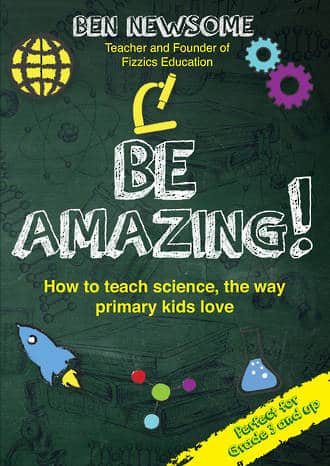
How to teach science, the way primary kids love
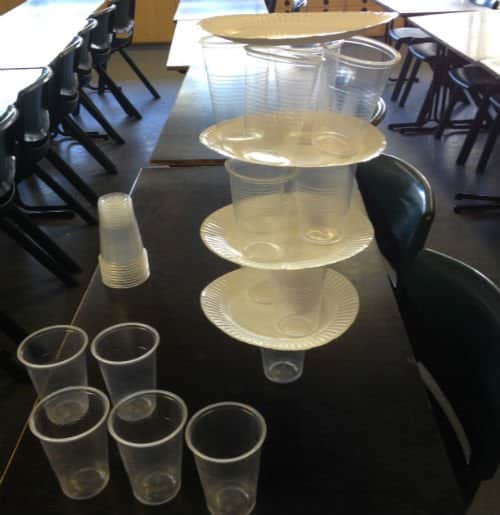





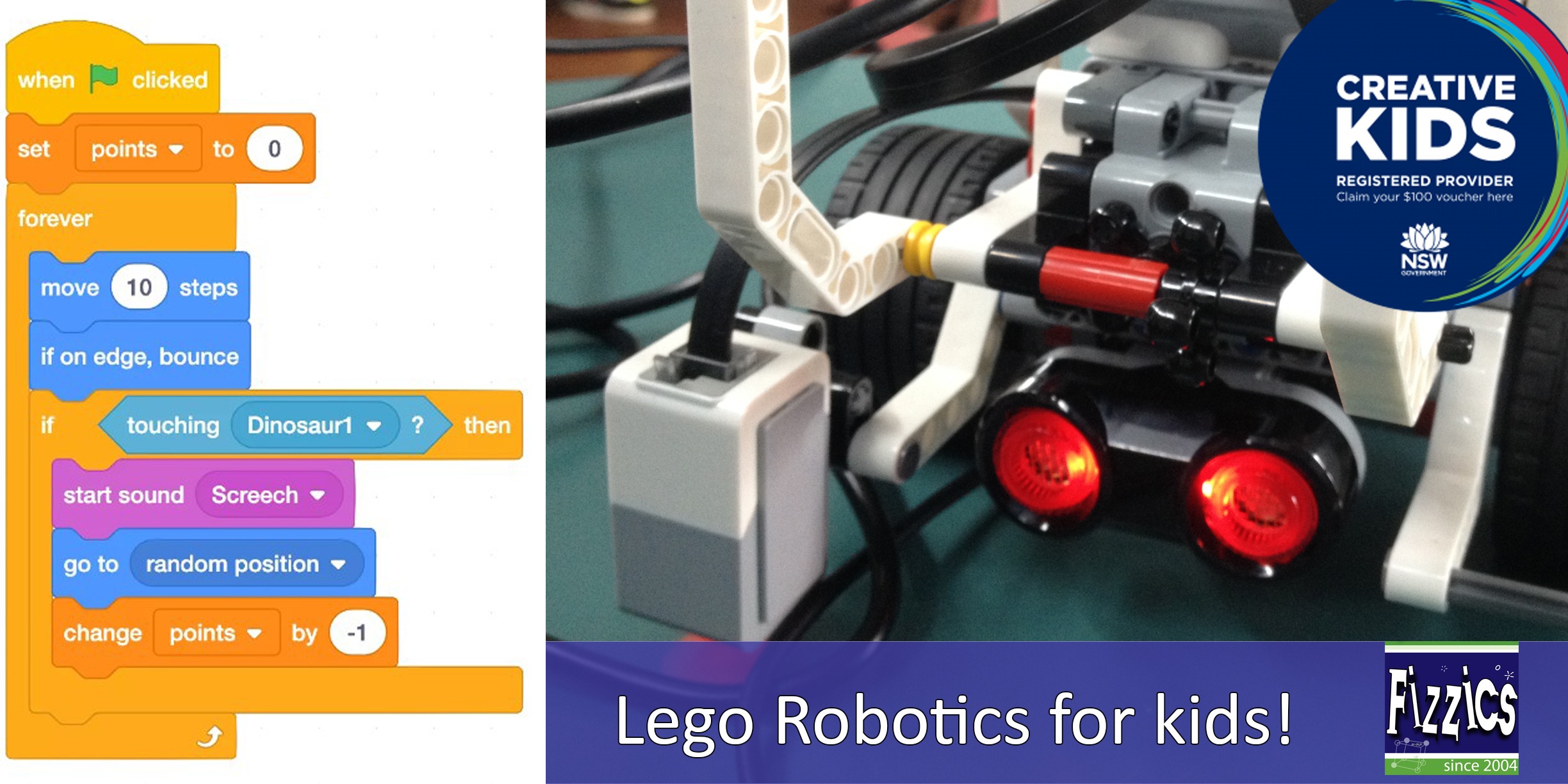
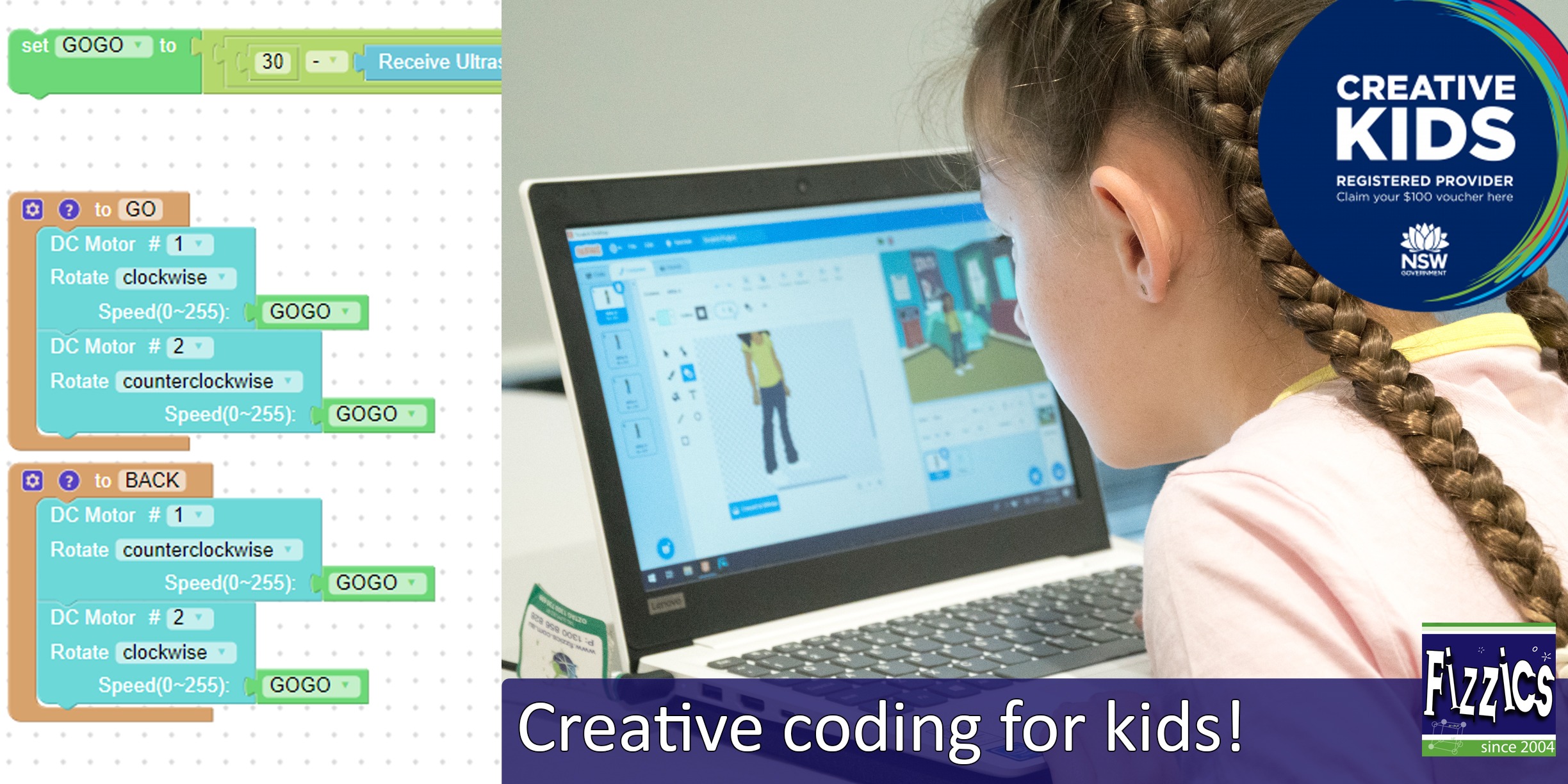
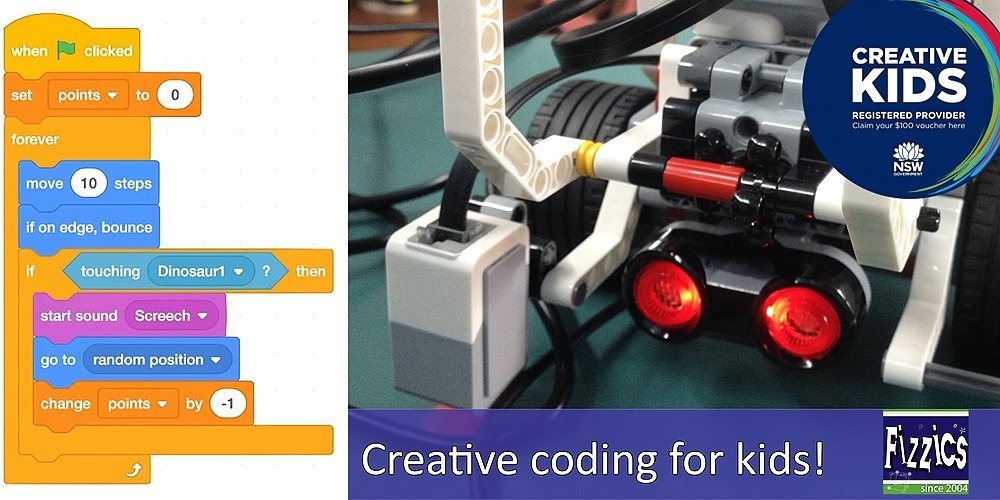
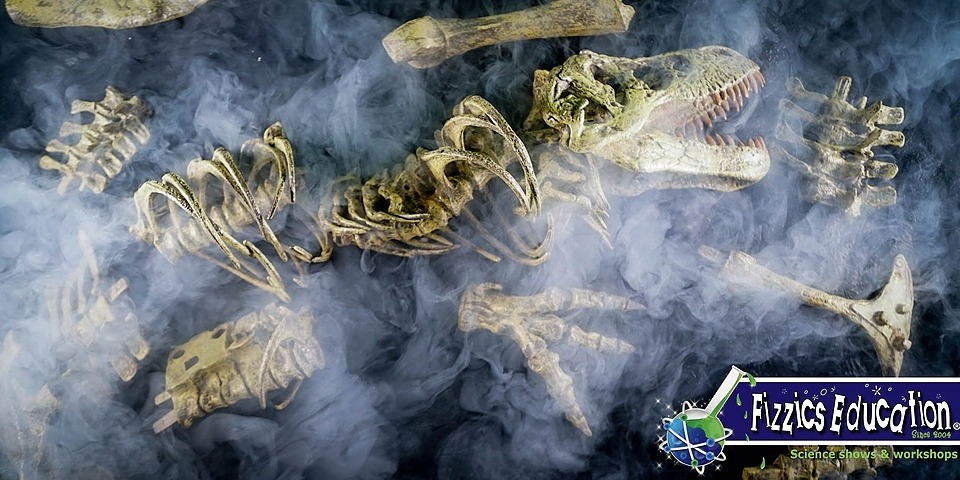
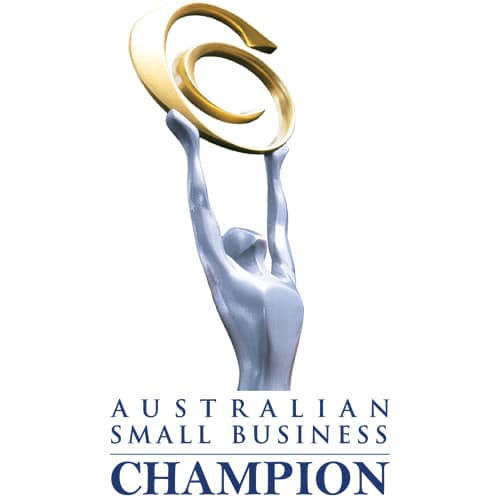
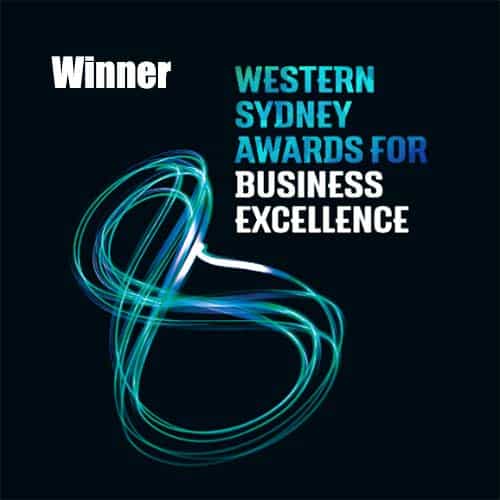
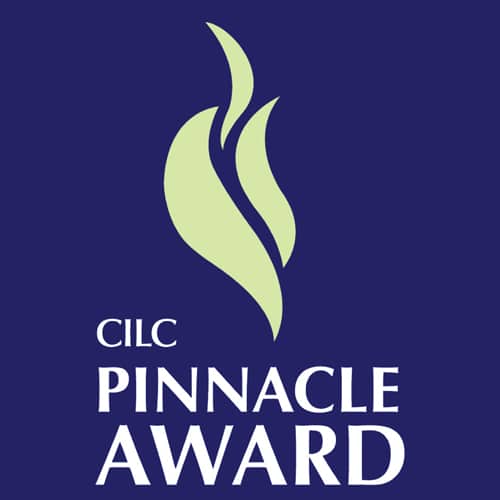

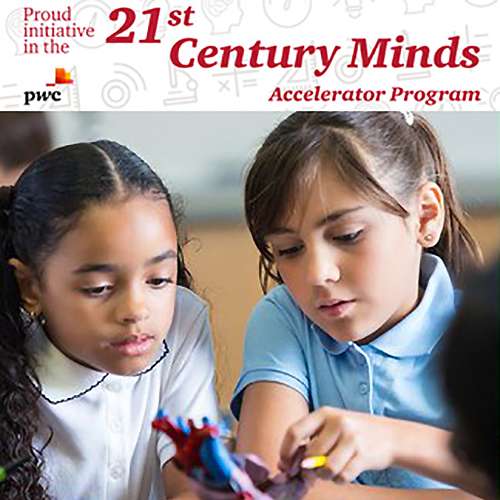
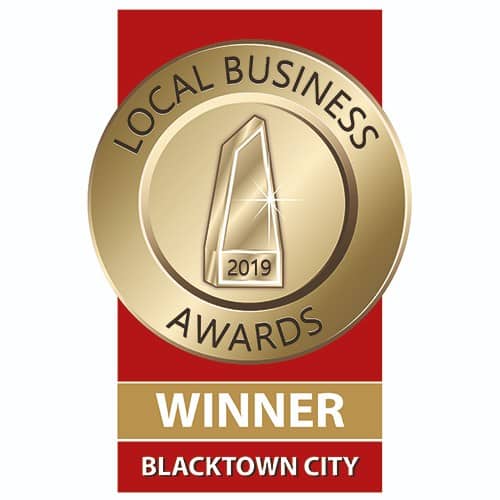
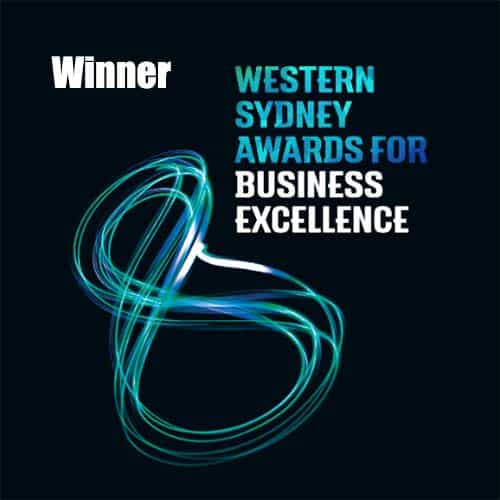
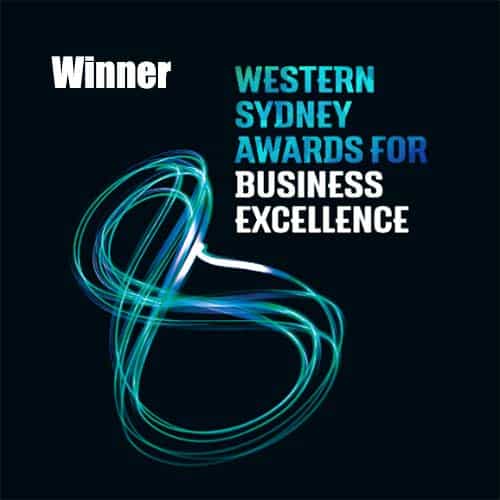
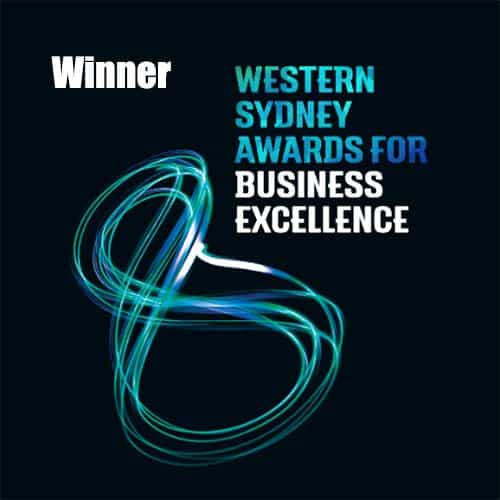
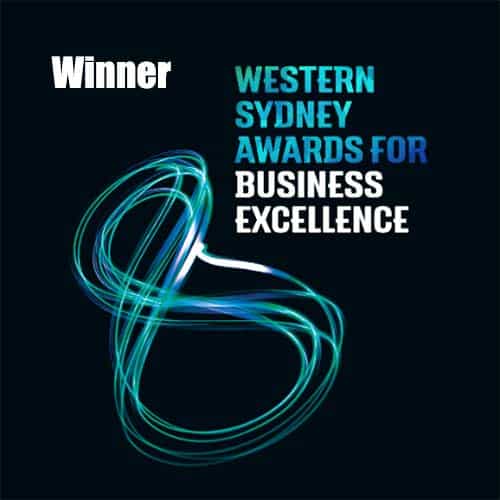
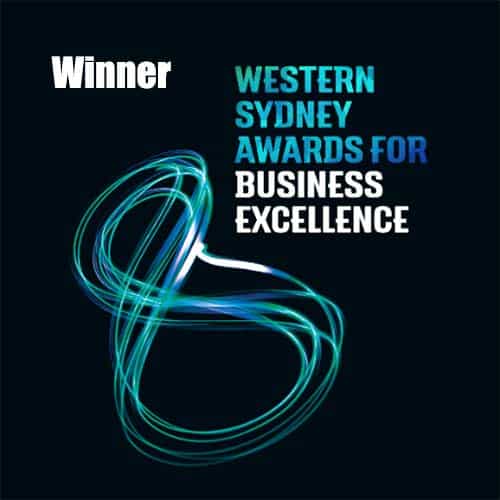

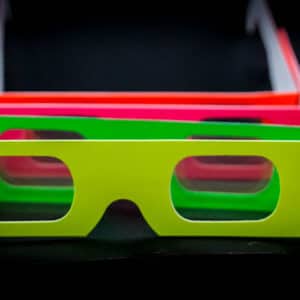
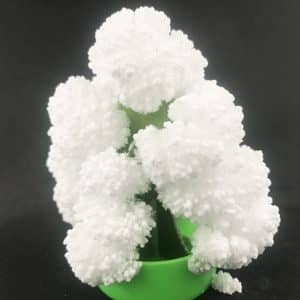
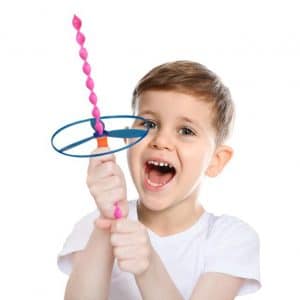
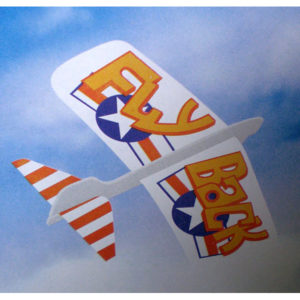
awesome ideas
Thank you!